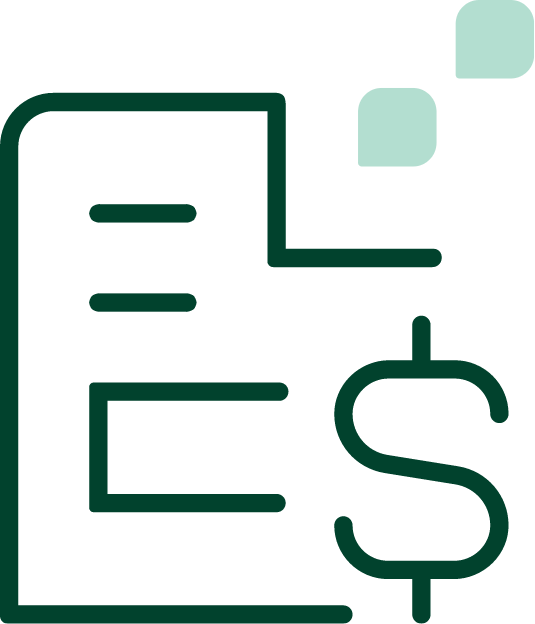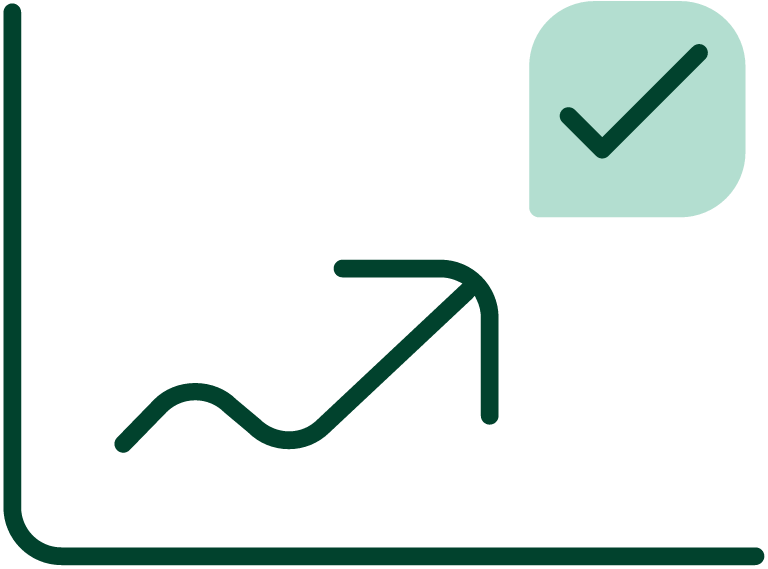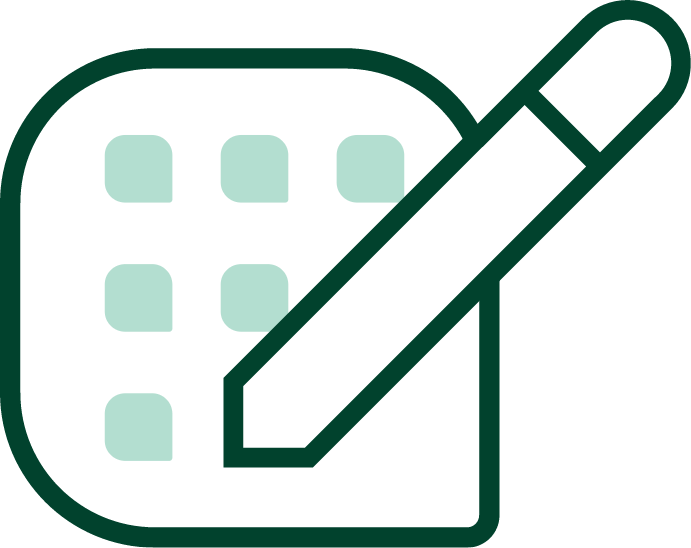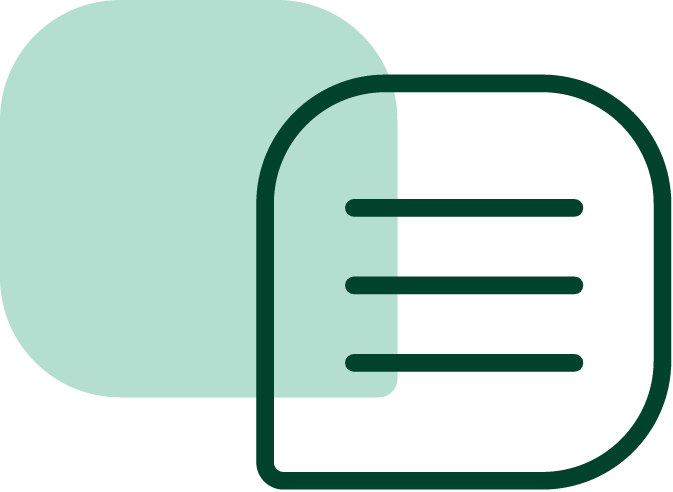Whether it’s due to bankruptcy, a black swan event, or simply volatility in the market, bad debt reserve represents the dollar amount of receivables that may never be recovered. For this reason, bad debt reserve is also known as an allowance for doubtful accounts (ADA).
What is a Bad Debt Reserve in Accounting?
In accounting, a bad debt reserve is an expense taken against a receivable. It is an estimate or percentage of the number of receivables that will not be collected.
The bad debt reserve in your balance sheet impacts your cash flow and forecasting.
Why is a Bad Debt Reserve Important for Businesses?
Bad debt reserve is important for businesses because it allows them to gain an accurate picture of its receivables. For example, if a company has a projected revenue of $2 million but a customer that suddenly filed for bankruptcy and cannot pay its receivable of $250,000, that business knows in advance that its receivables are valued at $1,750,000. External parties, such as analysts, also consider bad debt reserve to be an accurate reflection of the financial health of the company. If bad debt reserve suddenly increases in a short time period, for example, it may indicate that the company needs to make an adjustment to more effectively collect from higher-risk customers.
Another reason bad debt reserve is important is that it allows for a margin of error when businesses are forecasting their cash flow. This means that it is more prepared in advance for financial shortfalls caused by uncollected receivables and can create more realistic cash flow projections. This ensures they have sufficient liquidity to cover operational expenses, investments, or debt obligations.
The Main Accounting Methods for Bad Debt Reserve
Companies turn to two main bad debt reserve accounting methods as their policy for how bad debts are recognized and recorded in their financial statements.
- Direct write-off method. When bad debts cannot be collected (usually at the 90-day mark), they are written as a business expense for the company. A journal entry is made crediting your accounts receivable and debiting your bad debt expense account on the income statement. This method is more straightforward than the allowance method.
- Allowance method. This method uses an allowance for doubtful accounts to record a bad debt reserve in your balance sheet and credits the allowance for doubtful accounts. In the event that the estimated amount changes, the company can add another bad debt reserve entry in its records. Since it is an estimate, this method requires continuous tracking of bad debts. It is the preferred method used by larger companies, however, because it meets GAAP and IFRS compliance.
How to Calculate Bad Debt Reserve
For companies using the allowance method, they can take a number of additional approaches to calculate bad debt reserve:
- Method #1: Percentage of sales on credit.
This bad debt calculation method is the most straightforward and simply assigns a percentage of debt based on write-offs from the previous year.
The formula used in this case would be:
Bad Debt Reserve = Total Credit Sales × Estimated Percentage of Uncollectible Debts
For example, if a company had a revenue of $250,000 for a quarter and assigned it a 5% as an estimated percentage of uncollectible debts, the bad debt allowance would be $12,500.
- Method #2: Percentage based on accounts receivable aging
In this bad debt calculation, accounts receivable are categorized into aging buckets according to the number of days overdue. For example, categories might be: current, 1-30 days overdue, 31-60 days overdue, and 61-90 days overdue with the respective calculation of percentage of allowance for each category to increase as the number of days overdue increases.
In the table below, the total bad debt reserve based on accounts receivable aging would be $1420.
| Customer | Current | 1-30 days overdue | 31-60 days overdue | 61-90 days overdue | |
| ABC company | $10,000 | $7,000 | |||
| Power Tools Inc. | $15,000 | $5,000 | |||
| Word of Art Inc. | $20,000 | $3,000 | |||
| TOTAL | $45,000 | $7,000 | $5,000 | $3,000 | |
| % Assigned based on historical data | 1% | 5% | 7% | 9% | |
| Multiply balance X % probability | $450 | $350 | $350 | $270 | TOTAL = $1420 |
- Method #3: Percentage based on historical data.
This method calculates current bad debt reserve based on the percentage of credit sales in the past that resulted in bad debt. This method is more useful for larger companies with a lot of historical payment data and who have an established and stable customer base.
Common Challenges in Managing Bad Debt Reserve
Regardless of the method of accounting or calculation they choose, companies often struggle to manage their bad debt reserve for various reasons.
These include:
- Inaccurate estimation of reserves. Each of the methods of calculating bad debt do their best to provide an accurate estimation of bad debt reserve, but still often end up falling short. Underestimation may result in inaccurate presentations of the financial health of an organization, while overestimation may lead to a missed opportunity for investment.
- A lack of historical data. Businesses that are new to a particular industry, have recently scaled with new customers, or were unable to track customer payments in the past don’t have the data available to accurately predict the bad debt reserve and forecast their cash flow.
- Managing customer credit. Businesses may struggle with accurately evaluating a customer’s creditworthiness, when dealing with new companies or those without an established payment history. In addition, the credit application process and the enforcement of credit limits are frequently complex and rely on manual methods. These outdated approaches are inadequate in today’s fast-paced environment, where data is dynamic and requires real-time monitoring to manage credit risks effectively.
- Reliance on manual collections and payments processes. The traditionally manual process of collecting invoices is tedious and prone to human error, leading to miscommunications and disputes that can cause significant delays in the collections process, making it difficult to accurately estimate bad debt reserves and plan accordingly. In some cases, these delays even increase the risk of receivables turning into bad debt.
How Gaviti Helps You Reduce Bad Debt Reserve
While bad debt cannot be entirely eliminated, it can be significantly minimized with Gaviti’s autonomous invoice-to-cash accounts receivable platform. By automating many aspects of the accounts receivable process, Gaviti provides a proactive solution to reduce the likelihood of bad debts. Additionally, the platform empowers businesses to more accurately estimate their bad debt reserve, improve cash flow forecasting, and make informed strategic decisions.
Its modules include:
- A/R Collections. Increase engagement and response to your emails with timely payments from fully personalized dunning workflows and unlimited segmentation. Escalate collections with the help of an AI autonomous process that loops in people as needed.
- A/R Analytics. Get more accurate predictive analytics, such as predicting future bad debts and risky customers based on past bad debts of customers with similar credit and payment histories with KPIs and reports updated in real time.
- Cash Application. Increase accuracy of cash application with AI-powered remittance matching and remittance portal automation. Accelerate payments by avoiding disputes and eliminating manual processes.
- Customer Self-Service Portal. Enable customers to pay 24/7 with multiple payment options and easily engage with your A/R team and solve common requests independently, mitigating the risk of unpaid or overdue invoices turning into bad debt.
- Credit Management and Monitoring. De-riskify decision making with a quick and easy credit review, proactive flagging of risky clients and enforceable credit limits. Includes an AI copilot that gathers information and makes suggestions in terms of credit management and onboarding of new clients so that you can minimize the risk of bad debt.
- Dispute Management. Resolve and close disputes in under an hour with alerts with customizable workflows for tracking and routing and resolutions that are communicated in real-time. Discover trends in disputes, leveraging the information to resolve future disputes faster and reducing the likelihood of overdue or unpaid invoices.
Want to get started streamlining and automating your accounts receivable with Gaviti’s autonomous invoice to cash accounts receivable platform? Get a demo today!






















